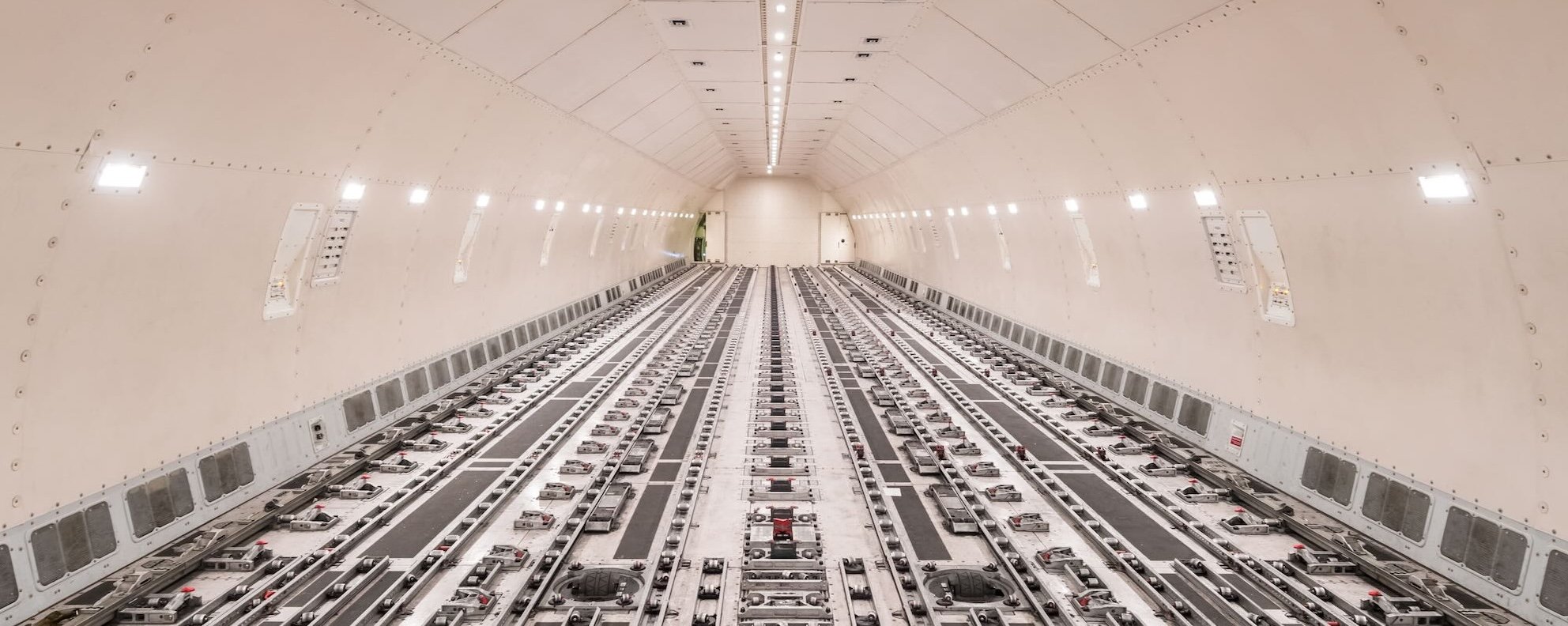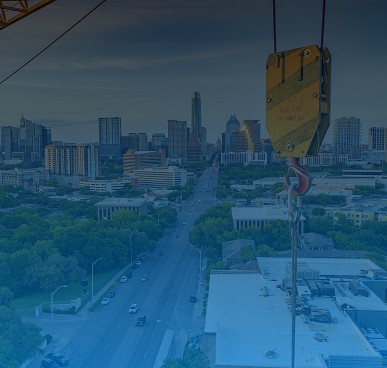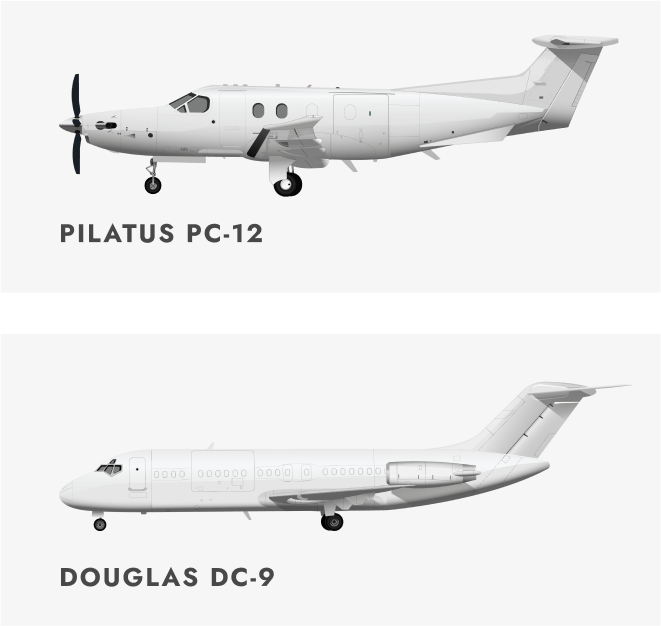Air Charter Solutions
Jet Charter Service and Air Cargo Charter: Essential Air Charter Services
While ocean vessels and trucks carry the bulk of freight, air transport handles the most urgent and valuable shipments – accounting for only a small share of tonnage but a significant share of trade value. In fact, airlines transport over $6 trillion worth of goods by air annually (around 35% of world trade by value).
Businesses rely on these flexible air charter solutions to keep assembly lines running and supply chains on schedule when standard options can’t meet the deadline.
In this context, air cargo charter flights offer a uniquely versatile and immediate solution for shipments that demand more speed, control, or capacity than what standard flights can provide.
From small propeller planes delivering emergency parts, to luxury jets ferrying executives, to jumbo freighters hauling hundreds of tons of cargo, air charter services cover a vast spectrum of aviation needs.
They provide the versatility, urgency, and logistical advantage that modern industry and humanitarian efforts demand – ensuring that whether it’s a vital shipment or a critical trip, there’s a charter solution ready to take off at a moment’s notice.



















